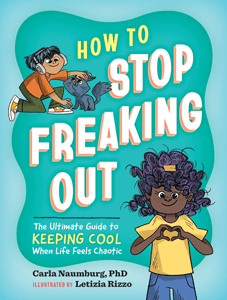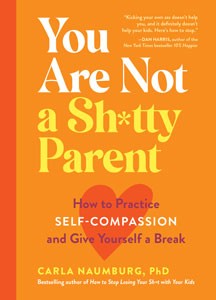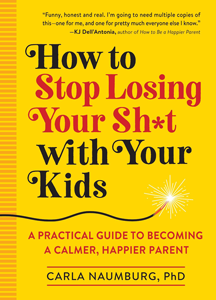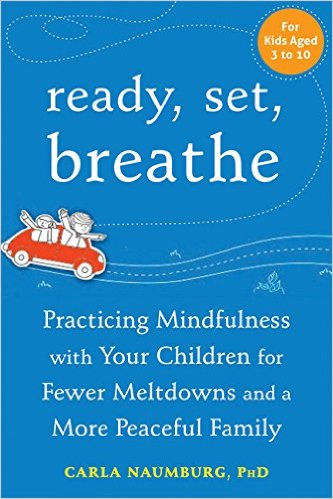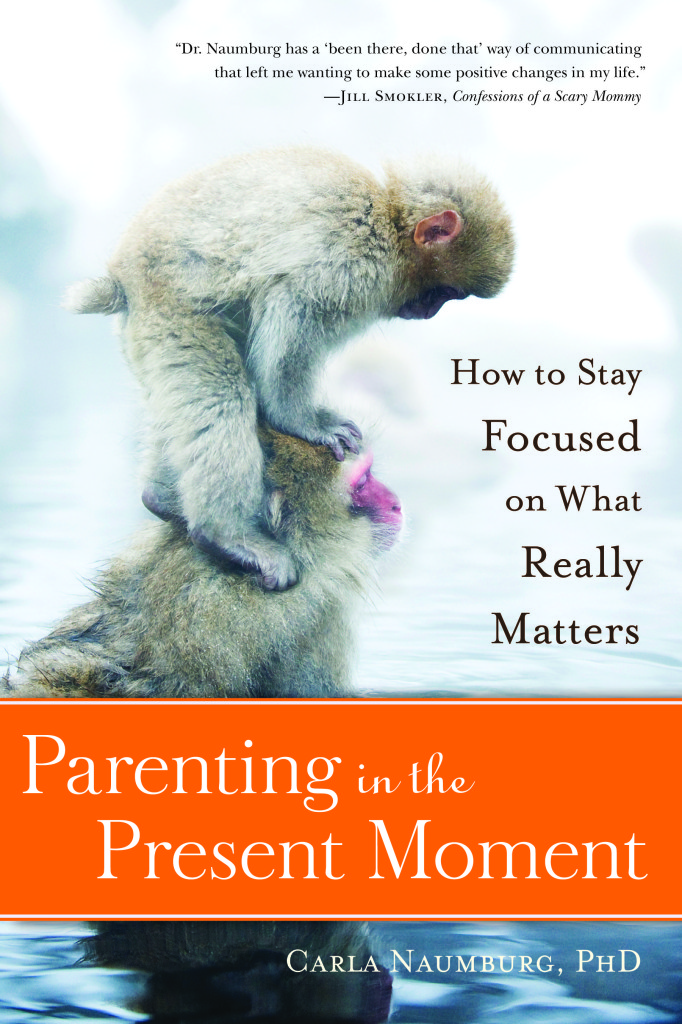Teaching my girls to meditate wasn’t one of my resolutions for the new year. I’ve got a ton of tricks up my sleeve for practicing mindfulness with them; so many, in fact, that I wrote a book about it. But formal seated meditation can be hard for little ones, especially kiddos who are super twitchy after being stuck inside for a week because the temperature outside is approximately one bajillion degrees below zero.
But I’m still meditating, and I’m always looking for more support for my practice. (You can’t do this alone folks, none of us can.) So I signed up for Susan Piver’s 21 Day Meditation Challenge.* The first guided meditation landed in my email yesterday morning, and my kids wanted to try it with me. So, we tried it.
My older daughter (age 9) was interested in watching the introductory video, which she totally didn’t understand and so I explained to her as well as I could. By the time we actually sat down to meditate, she had ants in her pants, so she got up and walked away. My younger one (age 7) skipped the video, but she was able to sit with me for five minutes of breathing meditation. They both wanted to try again tomorrow, so I’m calling it a win.
In my next post, I’ll walk you through exactly how we meditated together (spoiler alert: it’s not hard at all, but there are a few tools and strategies that will make it easier). Right now I want to focus on whyI’m teaching them to meditate.
- Meditation will help shape their brain (in a good way!). Researchers have found that meditation can strengthen the areas of our brains that help us solve problems, think creatively, manage our emotions, and connect with other people. In addition, when we sit and breathe in an intentional way, the part of our brain that makes us fight, flight, freeze, or freak out gets a little smaller and less reactive. Basically, a consistent meditation practice can lead to fewer meltdowns, which is pretty much the greatest thing ever.
- Meditation can teach my girls how to notice their thoughts, feelings, and bodily sensations. There are tons of different ways to meditate, but many of them involve noticing something about our internal experience (rather than getting caught up in it). The more we practice noticing, the more likely we will be to clue into what’s going on in our minds and bodies before the freak out happens. It’s the difference between your kiddo realizing she’s hungry and asking for a snack and flipping out all over the place because she didn’t realize how hangry she was until it was too late. I’ll take Option A, please.
- It teaches them that they don’t have to take their thoughts seriously. Just last night my daughter had a terrible nightmare, and she was having a hard time settling down. Rather than asking her about the details of her dream, I just reminded her that they aren’t real, they’re just thoughts. And then we practiced counting her breaths as a way to bring her awareness back to the present moment. It took a few minutes, because the thoughts that come from an exhausted brain can be pretty sticky, but eventually we got her calmed down and back to sleep. The more my kids meditate, the better they’ll get at noticing their thoughts and letting them go.
- They will practice, and get better at, paying attention – even in situations that are boring or hard. The ability to pay attention is a fundamental life skill, one that is becoming increasingly challenging in an age of screens and smartphones and notifications and social media and internet browsers with 27 open tabs. Fortunately, it’s also a skill that we can get better at through intentional practice. Meditating is like going to the gym for your brain, but without the risk of falling off the treadmill.
- Meditation teaches them how to calm themselves down in challenging moments. Most of us never even realize we’re breathing, which generally works out well for us. (Imagine if we had to remember to breathe all the time. YIKES!) But the ability to breathe intentionally is a powerful strategy for handling difficult moments; as I tell my daughters, it’s a quick, easy, and sneaky way to tell our bodies that everything is ok, and that they can calm down now.
I’m not sure how long our current meditation experiment will last, but I’m going to stick with my practice and share it with them as long as they’re interested. In my next post, I’ll walk you through every step of how we’re meditating together.
* Full disclosure: I’m not getting any kick-back or bonus from Susan Piver for this shout-out. I’m just a big fan of her teaching, and I want to share the good stuff with you all.
Want more mindful parenting and updates on my forthcoming book, How to Stop Losing Your Sh*t With Your Kids? Sign up for my free, not-at-all annoying newsletter.

